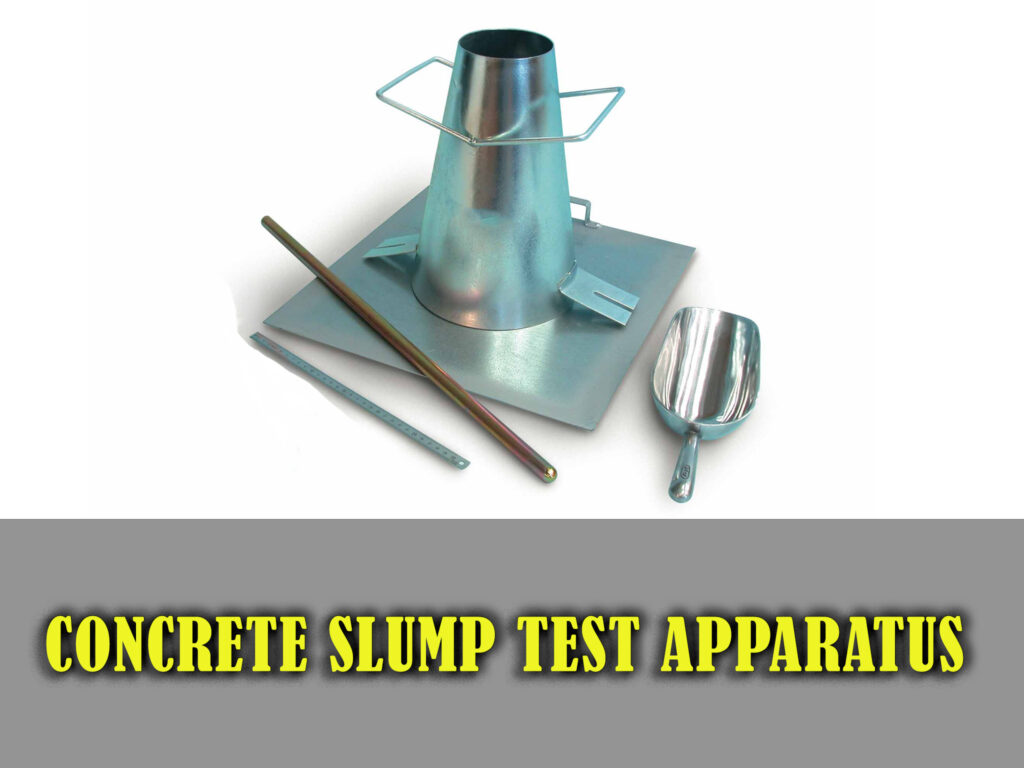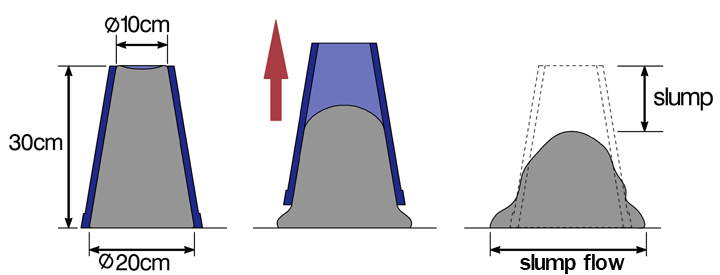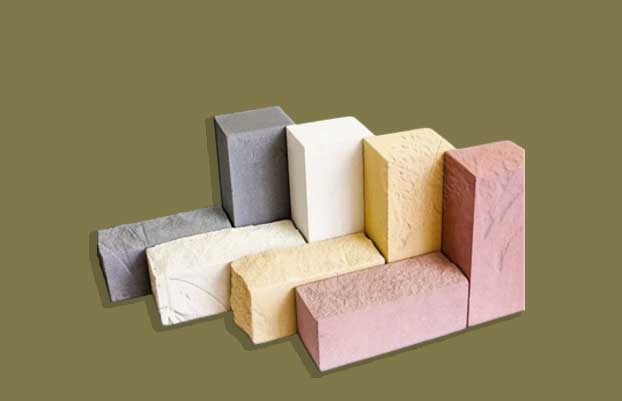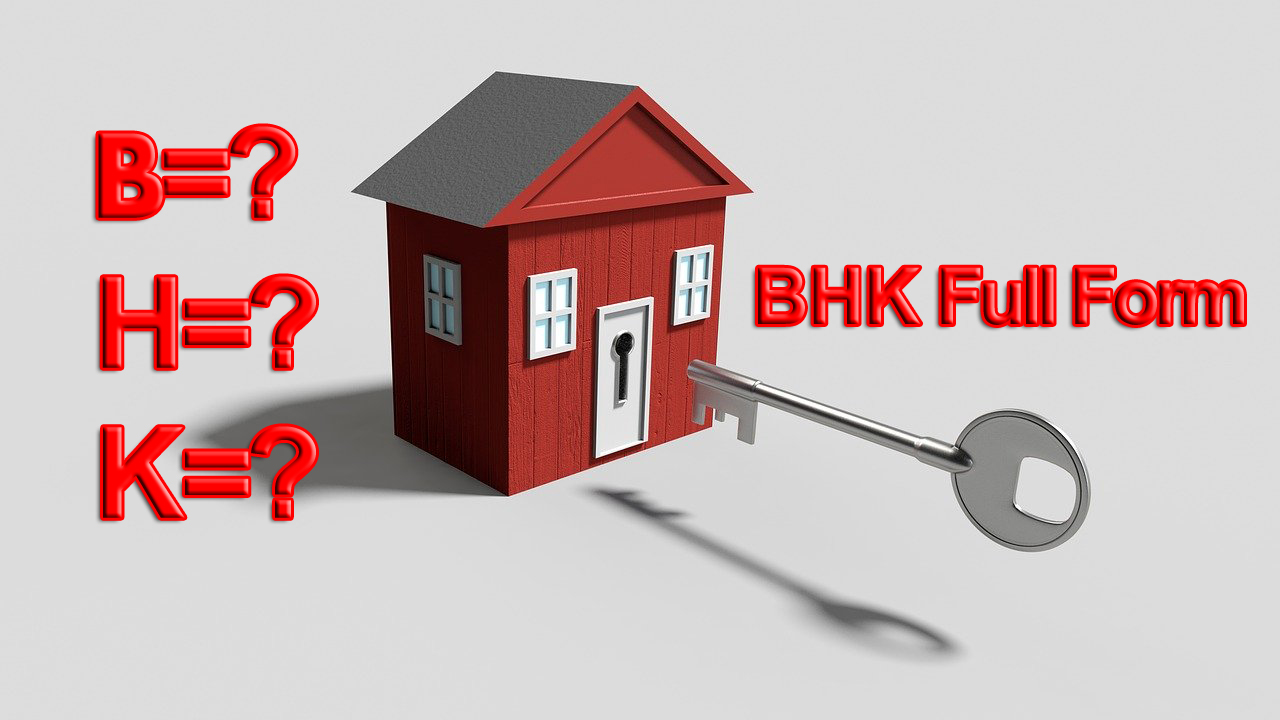Concrete Slump Test for Workability
As the name implies, the concrete slump test or slump cone test is a method used to determine the workability or consistency of concrete mix prepared in the laboratory or on the construction site during the course of the work. A slump test is carried out on batches of concrete during the construction process in order to ensure that they are of uniform quality. A slump test is one of the most simple, inexpensive, and effective tests of the workability of concrete. The results of the slump test are instantaneous. It is carried out according to procedures detailed in ASTM C143 in the United States, in IS: 1199 – 1959 in India, and in EN 12350-2 in Europe.
There is a separate test known as the flow table, or slump-flow test, which is used for concrete that is too fluid (non-workable) to be measured using a standard slump test, due to the fact that the concrete will lose its shape after the cone is removed.
In this blog post, I will discuss the step-by-step procedure and the apparatus required for performing the concrete slump test for workability.
Apparatus required for Concrete Slump Test
The following apparatus are used in the Slump Test of Concrete:
- Mould made of metallic material in the form of a frustum of a cone with a bottom diameter of 20 cm (8 inches), a top diameter of 10 cm (4 inches), and a height of 30 cm (12 inches).
- Tamping rod made from steel, measuring 0.6 m (2 feet) long with bullet end and having a diameter of 16 mm (5/8 in).
Procedure for Concrete Slump Test
During the Concrete Slump test following steps are followed:
- Clean and oil the inner surface of the mold.
- Place the mold on a smooth horizontal non-porous base plate.
- Fill the mold with the fresh concrete mix from the batch in approximately 4 equal layers by taping each layer 25 times by taping rod, and level the top surface with a trowel.
- Clean up mortar or water that seeps between the mold and the base plate.
- Lift the mold of the concrete slowly in a vertical direction.
- Concrete is free to fall due to the effect of gravity.
- The slump is calculated as the difference between the height of the mold and the height of the specimen under test.
The recorded slump value of a sample is = ……… mm
Note: The above operation should be performed in a place free from vibration or shock and within a period of 2 minutes after sampling.
What are the different types of Slump?
Following are the different types of slumps according to the profile of slumped concrete and are as follows:
- True Slump
- Shear Slump
- Collapse Slump
- Zero Slump
True Slump:
In a true slump, concrete simply subsides, retaining more or less that shape for the most part as shown in the figure above.
Shear Slump:
When there is a shear slump, the top portion of the concrete shears off and slides sideways as a result as shown in the figure above.
Collapse Slump:
Collapse slumps occur when there is a complete collapse of the concrete. If this is the case, it is an indication that the concrete’s water-to-cement ratio is too high in the first place.
Zero Slump:
Zero slump is a sign of a very low water-cement ratio, which means that the mix will be dry as a result. This type of concrete is commonly used for road construction.





